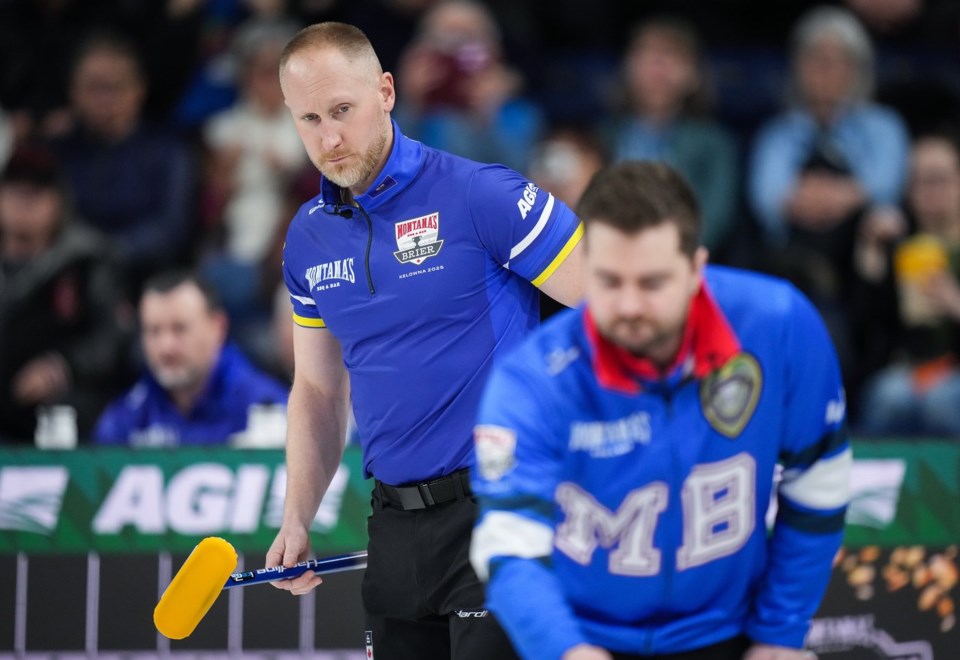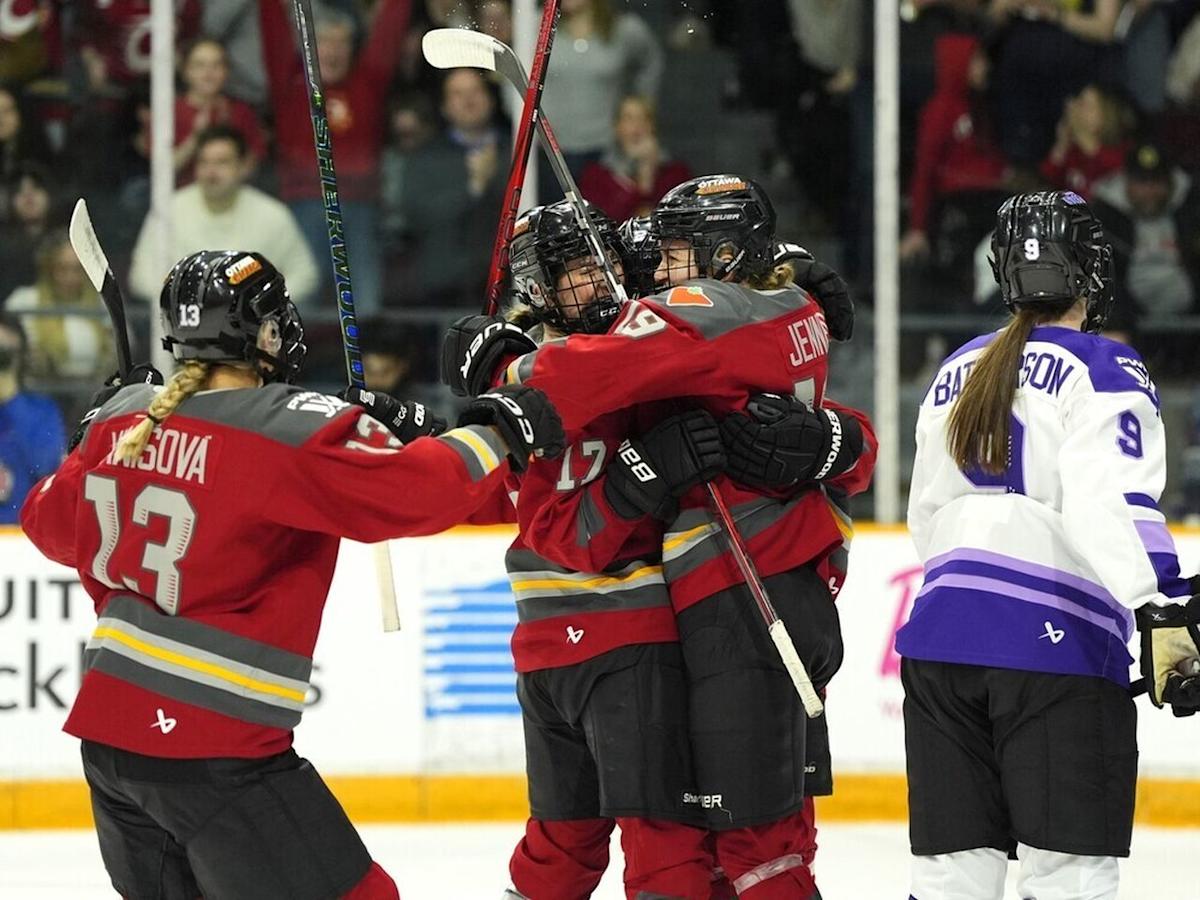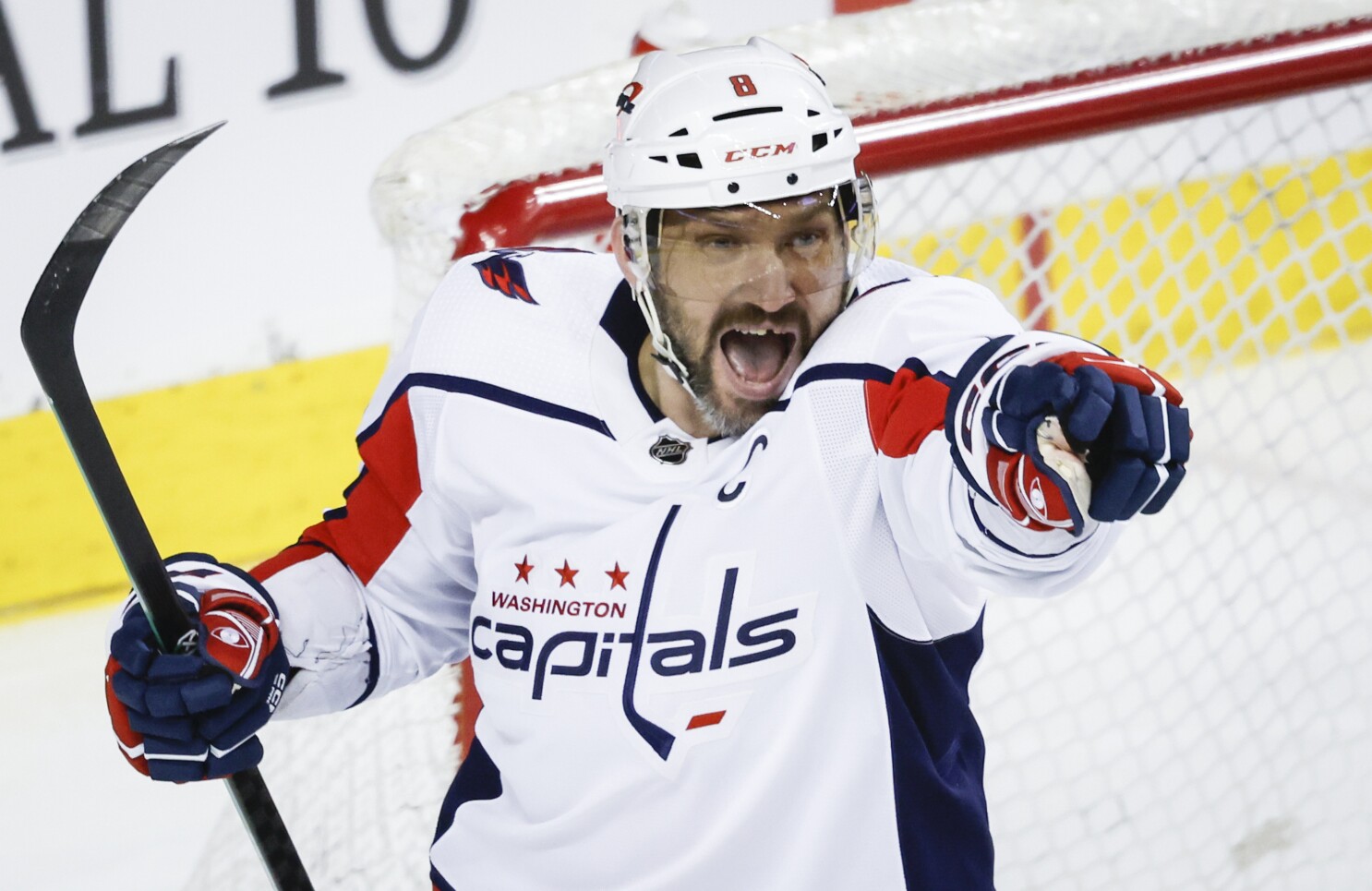Blowout games, a 6-2 team missing the playoffs, and no tiebreakers—this year’s Brier format has sparked plenty of discussion. While the top teams advanced at Prospera Place in Kelowna, B.C., questions remain about whether the current system is the best for Canadian curling.
Six-time Brier champion Brad Gushue even floated the idea of revisiting relegation—a controversial qualification round that was used briefly before being scrapped.
“I think it’s a conversation worth having,” Gushue said. “I’m not pushing for it, but it’s the best suggestion I’ve heard to get us back to a full round-robin, which I always loved playing. I think the fans enjoyed it too.
“It ensures the best teams make it. It’s something to consider.”
How Relegation Worked
From 2015 to 2017, the lowest-seeded four teams played a pre-qualifying round-robin. The winner earned a spot in the main event, while the other three went home before the tournament even began.
Northwest Territories skip Kerry Galusha, who played through that system, shared her perspective on social media.
“Relegation forced us to work harder and improve,” she said. “Not saying it’s the answer, but we’ll keep seeing lopsided games unless Northern teams commit to more travel and training. We knew what we had to do.”
Curling Canada shifted to a 16-team format in 2018, allowing all provincial and territorial winners, the defending champion, and a wild-card team into the main draw. The field later expanded to 18, with additional pre-qualified teams based on rankings.
A Flawed Playoff Race?
The debate intensified this week when Northern Ontario’s John Epping and Manitoba’s Reid Carruthers both finished 6-2 in their pool, yet only Carruthers advanced. Since their head-to-head result was the tiebreaker, Epping was eliminated—even though Nova Scotia’s Owen Purcell made the playoffs from the other pool with a 5-3 record.
“It feels strange to play a Brier where it’s basically a double knockout,” Epping said.
Supporters argue that the current format makes the early games more meaningful, with mid-week drama building toward the Page Playoff round. Teams still fight for seeding advantages, but with powerhouse squads dominating, some matchups become lopsided.
“We’re trying to make everyone happy, and no one’s happy,” said Brent Laing, coach of Saskatchewan’s Mike McEwen. “It’s a bit of a mess.”
No Perfect Solution
Darren Moulding, who coached Team Yukon, pointed out that playoff oddities aren’t unique to curling. In leagues like the NHL, MLB, or NFL, teams with weaker records sometimes sneak into the postseason.
“Sports aren’t perfect,” Moulding said. “If you tweak the format to fix one issue, you’ll likely create another.”
Nunavut’s Shane Latimer and Northwest Territories’ Aaron Bartling both went winless at 0-8, suffering heavy defeats. Bartling gave up an average of nearly 11 points per game, including a 20-2 blowout loss. Latimer was outscored 83-25 over his matches.
Former Curling Canada event manager Warren Hansen questioned the value of these teams competing at this level.
“I understand it’s a thrill for them to be here,” Hansen said. “But I don’t know how beneficial it is when they’re getting completely overwhelmed every game.”
Changes on the Horizon?
For now, the 18-team format will remain. Curling Canada confirmed that no adjustments will be made before the next season.
“If any changes happen, they would begin in the next Olympic cycle,” a spokesperson said.
One of the more unusual quirks of this year’s format emerged when Alberta’s Brad Jacobs went 8-0 in round-robin play, only to lose his first playoff game. That loss forced him into a grueling path—four straight must-win games to capture the title.
Jacobs rose to the challenge, beating Gushue 7-5 in the semifinal before topping Manitoba’s Matt Dunstone 5-3 in the championship game.
‘The Old Format Was Simpler’
At the end of the day, Laing summed up the situation bluntly.
“Some games, you just can’t afford to lose,” he said. “I don’t have all the answers, but the old system was definitely simpler.”







